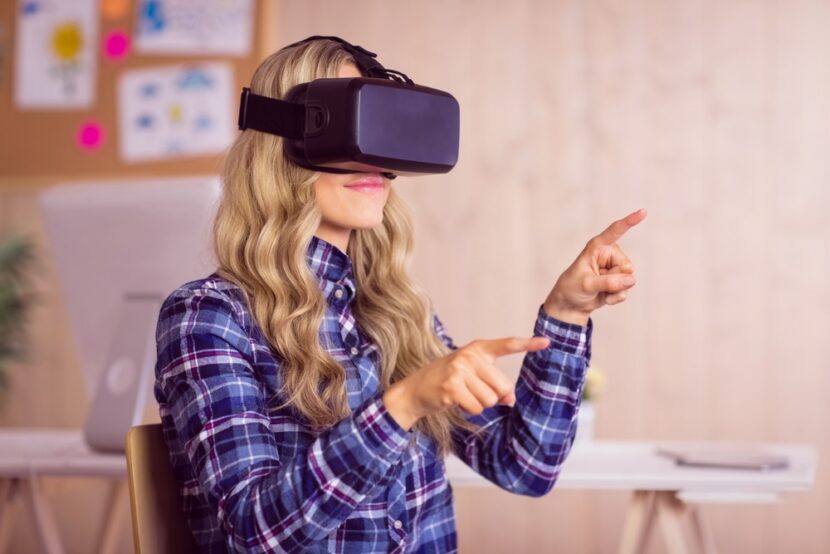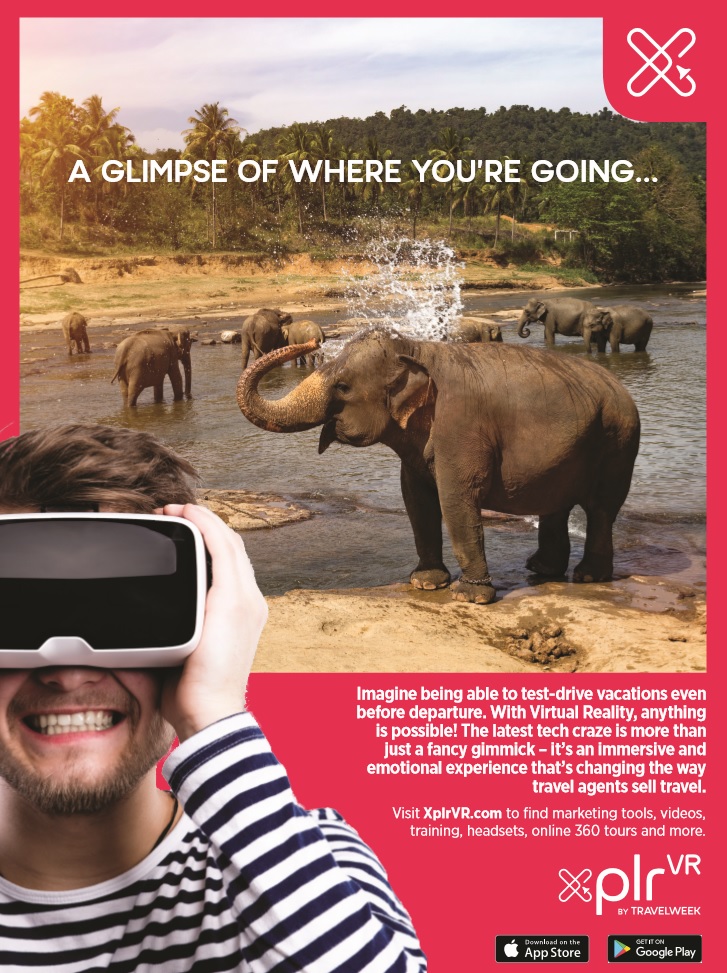NEW YORK — One minute you’re looking at the bright lights of Las Vegas from 150 metres in the air. Then, you’re bouncing in a safari in an African jungle. Finally, you’re navigating the slopes at Whistler Blackcomb on a stunning spring day.
And you haven’t even left your living room.
Virtual reality, sometimes called VR, is a growing marketing tool for the tourism industry, giving potential travellers the chance to sample cities and special events from the comfort of home.
Travelweek jumped onboard the trend early, launching the Xplr VR App, which gives agents access to the technology to showcases destinations in VR to their clients. For more information, visit xplrvr.com
Nick Mattera, senior director of digital engagement at the Las Vegas Convention and Visitors Association, says offering a VR experience for the city, with its impactful visual content, made sense.
“Virtual reality has had a huge impact” on tourism, says Mattera. “When we first started doing it, we wanted to have a few of those ‘wow’ experiences, experiences that give people the opportunity to think a little differently about Las Vegas.”
There are now 30 videos on the association’s VegasVR app — from the aforementioned helicopter ride, to a Richard Petty NASCAR driving experience, and hotel and restaurant tours.
Robin Ritchie, an associate professor of marketing at the Sprott School of Business at Carleton University in Ottawa, says Las Vegas is the perfect destination for virtual reality due to its seemingly never-ending visuals.
“It’s a very content-rich, dense environment where no matter where you look there’s something interesting to see,” he explains. “We’re not talking about every small town here, there and everywhere getting involved in VR. It’s about immersing yourself in an experience and knowing, ‘I have to go there.”’
Ritchie mentions a few Canadian cities where VR would make sense as a promotional tool, including Banff and Jasper in Alberta, Whistler, B.C., and Vancouver.
Destination British Columbia developed its own VR content back in 2014, which it calls “The Wild Within VR Experience.”
“It’s hard to imagine what a trip to British Columbia might be like — the nature, the scenery, and the wildlife — so we felt using VR was a great way to do that,” says Maya Lange, vice president of global marketing at Destination British Columbia.
“What compels people to want to visit British Columbia is nature. It’s (now) something that can be tangible and you can really give people the sense of what it’s like to stand in the middle of a huge forest. It’s a pretty powerful feeling.”
Lange admits it’s hard to find a direct correlation between the VR experience and an impact on tourism numbers, but she says this year they hit five million international visitors for the first time.
Ottawa is also expecting a big boost in tourism in 2017 as Canada celebrates its 150th anniversary. While VR will not be a part of any official Ottawa 2017 events, according to Ottawa Tourism, two museums have collaborated with Ottawa-based VR company SimWave to create high-tech content.
At the Canada Science and Technology Museum patrons will be able to go “inside” an old steam locomotive and “drive” it. SimWave will also collaborate with the Canadian War Museum to create a Vimy Ridge experience — where patrons can interact with the environment and soldiers during battle — as part of the 100th anniversary of the Battle of Vimy Ridge.

